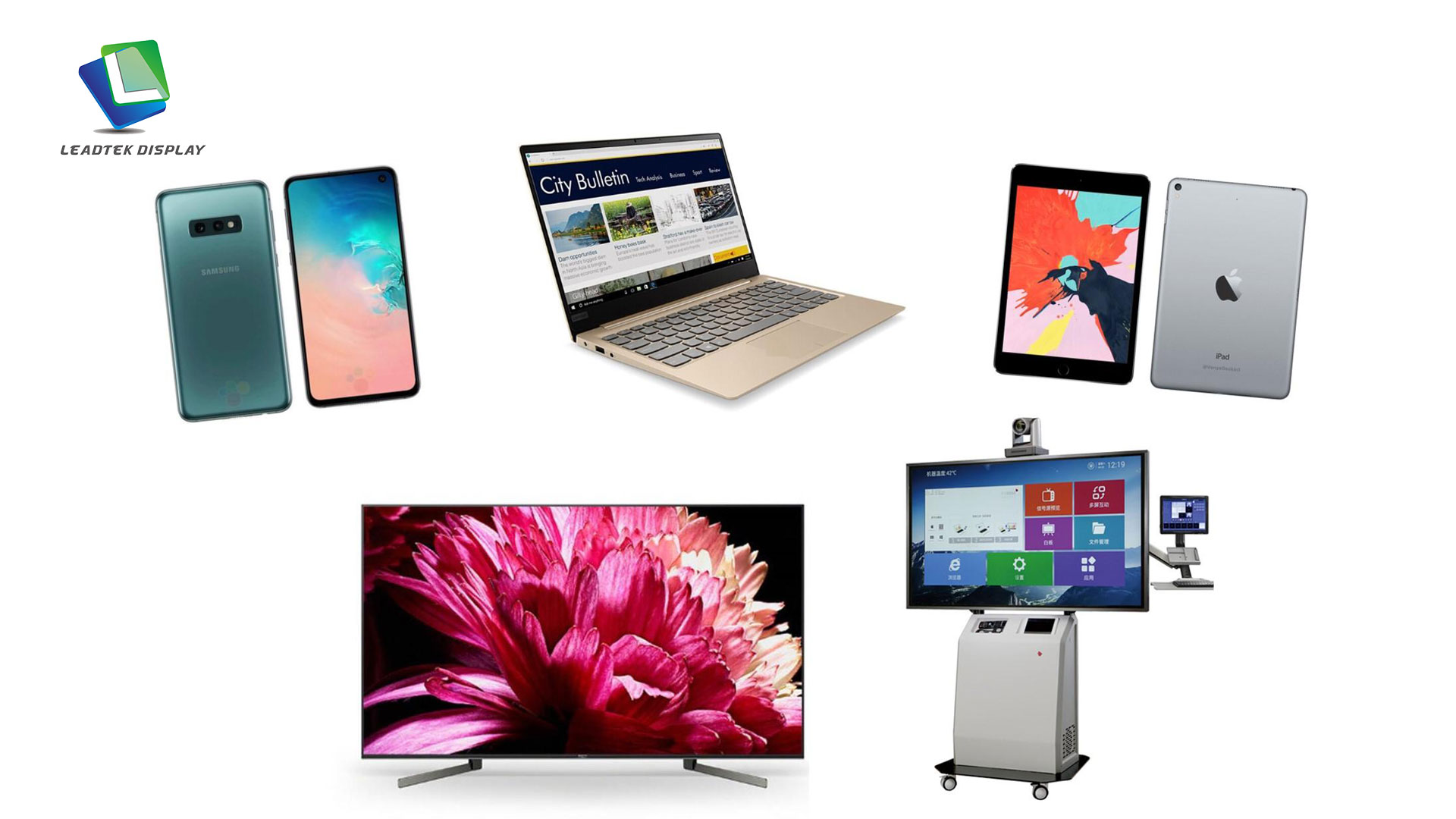What are the differences in the application fields of TFT, OLED and AMOLED
The application fields of TFT, OLED, and AMOLED display technologies can vary based on their unique characteristics and advantages. Here are the key differences in their application fields:
TFT (Thin-Film Transistor):
TFT LCD panels have been widely used in various electronic devices, including:
Smartphones and tablets: TFT LCDs have been the primary display technology in many smartphones and tablets, offering good image quality, color reproduction, and responsiveness.
Computer monitors: TFT LCDs are commonly used in computer monitors, providing sharp visuals, high resolutions, and fast refresh rates.
Televisions: TFT LCD panels have been extensively used in LCD TVs, delivering large screen sizes, vibrant colors, and high-definition viewing experiences.
Automotive displays: TFT LCDs are employed in infotainment systems, instrument clusters, and rear-seat entertainment systems in automobiles, offering clear visuals and versatility.
OLED (Organic Light-Emitting Diode):
OLED technology has found applications in various industries, including:
Smartphones and wearable devices: OLED displays have become increasingly popular in high-end smartphones and wearable devices due to their advantages in image quality, thinness, power efficiency, and flexible form factors. They provide vibrant colors, deep blacks, and excellent contrast ratios.
Televisions: OLED TVs have gained recognition for their exceptional image quality, including true blacks, wide viewing angles, and high dynamic range (HDR) capabilities. They offer an immersive viewing experience, especially for movies and multimedia content.
Automotive displays: OLED displays are being utilized in automotive applications, such as infotainment systems and digital instrument clusters, providing sharp visuals, high contrast, and customizable designs.
Virtual reality (VR) and augmented reality (AR): OLED displays are suitable for VR and AR headsets, offering high-resolution visuals, low persistence, and fast response times.
AMOLED (Active-Matrix Organic Light-Emitting Diode):
AMOLED technology combines the advantages of TFT and OLED, and it is primarily used in:
Smartphones and tablets: AMOLED displays are commonly found in high-end smartphones and tablets, offering vibrant colors, deep blacks, fast response times, and power efficiency.
Smartwatches and wearable devices: AMOLED panels are well-suited for small-sized displays, providing sharp and energy-efficient visuals for smartwatches and fitness trackers.
Automotive displays: AMOLED displays are being integrated into automotive applications, providing high-quality visuals for infotainment systems and instrument clusters.
It's important to note that the application fields of these display technologies are not limited to the mentioned examples. With ongoing advancements and innovations, TFT, OLED, and AMOLED displays continue to find new applications in various industries, including gaming, healthcare, signage, and more.




 Skype
Skype WhatsApp
WhatsApp Email
Email Inquiry
Inquiry WeChat
WeChat
 TOP
TOP